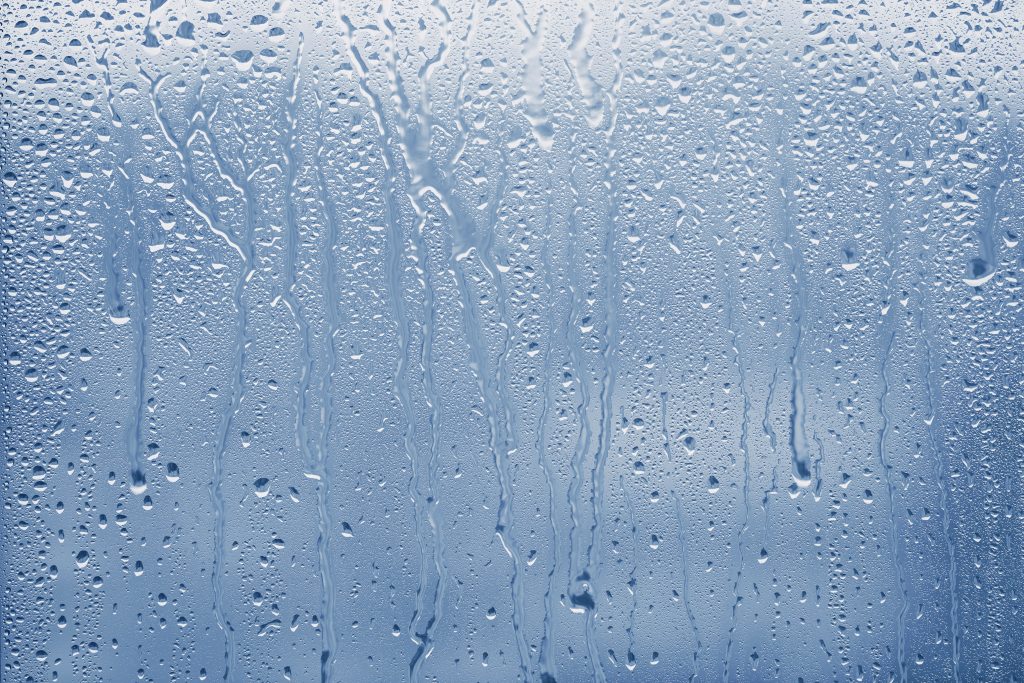Improving the Condensation Resistance of Fenestration by Considering Total Building Enclosure and Mechanical System Interaction

Many condensation problems at fenestration are related to the adjacent building components the system interacts with. This includes adjacent cladding and wall systems, structural systems used for the connection of the fenestration, and interaction with the building’s mechanical system. We will discuss how the condensation resistance of windows and curtain walls can be greatly improved by aligning the thermal elements in the wall with the thermal aspects of the windows (such as thermal breaks), how air leakage at window systems can increase the volume of condensation, and how thermal bridges adjacent to the fenestration can have a significant impact on the overall performance. We will discuss how Winter time cold air flow from adjacent wall cavities can cause elements at window or curtain wall surrounds (sill, jambs, and head) to condense when they would not otherwise. Thermal improvements through the application of carefully applied and designed insulation systems will also be discussed, as over insulating in some cases can exasperate the condensation problems by further isolating the systems from heat sources. We will discuss the relationship between the heating source position and distance from the window or curtain wall system. The discussion in this paper will be mostly related to Winter time condensation. We will use examples to show (1) how thermal breaks, like rubber and plastic shims below the windows, can disassociate the window from heat loss to colder large thermal wall masses and improve performance; (2) how elements like spandrel panels and shadow boxes can have condensation due to air leakage into the shadow box and proposed solutions for these elements to reduce their condensation risk; (3) how interior curtains, furniture, and interior furnishings can block heat flow and cause condensation; (4) how the two-dimensional thermal analysis can be used to evaluate the condensation potential and evaluate possible solutions; (5) the results of infrared thermography used to evaluate both condensation problems and evaluate the solutions; (6) the importance of long-term data logging and monitoring of the results; and (7) the review of options for reducing condensation occurrences through passive (heat fin and insulation) and active (heat trace) means.
Publisher
Journal of Testing and Evaluation, ASTM